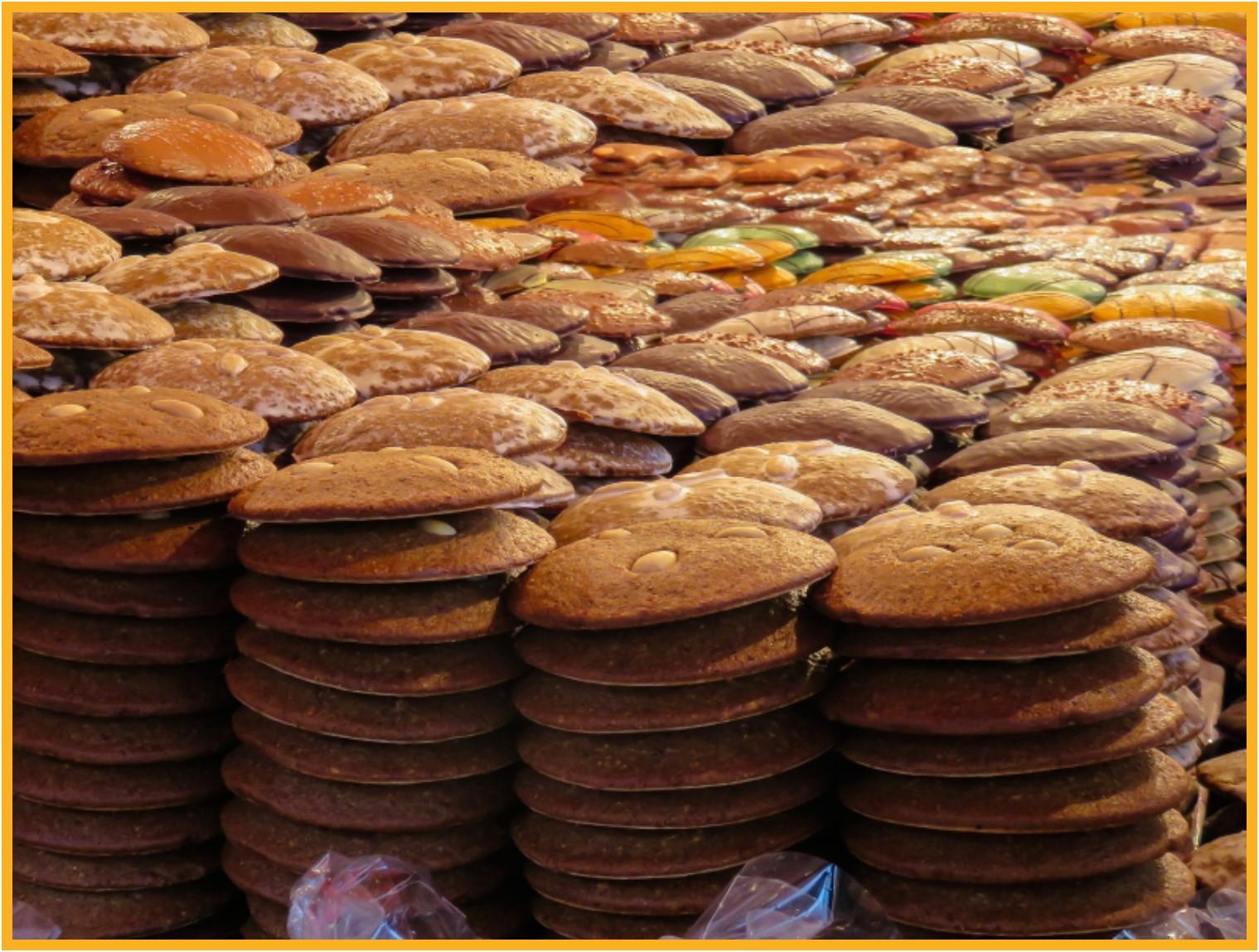
September 2020 | go.umd.edu/MRPPP
Product Development Part 2–Scaling Up
Many food processors start making a product from favorite home recipes. A recipe usually has a list of ingredients with the amounts required and the method to prepare the recipe. These recipes and methods are suitable in small batches; however, they are not appropriate or commercial processing. To be useful in a commercial setting, you need to convert your recipe to weights and metric units and then into a workable, repeatable production formula. A recipe for four dozen cookies may need the ingredients and their proportions changed to make a batch of 400 cookies.

According to most sources, the most consistent measurement is the weight (ounces, pounds, grams). Weight is the heaviness of a substance and is used to measure dry or liquid ingredients. Scales are required to weigh ingredients. Because we purchase most of our ingredients in metric weights, you may also want to convert ingredients from volume measurements to metric weights. Cups, quarts, teaspoons, fluid ounces, and liters are volume measurements, i.e., the space taken by a substance.
Even though it may be quicker to measure by volume for recipes when developing your formula you will want to convert the measurements to weight for accuracy.
The metric system of measuring is a decimal system and can make the costing and measuring of ingredients more convenient and accurate. Review your recipe and your ingredients, and determine the best way to measure your ingredients. When your recipe is scaled up for large batch production, you will find it much easier to weigh the ingredient rather than measure by volume.
If your recipe gives the ingredients as:
- Volume measurement, such as cups, to convert to equivalent weights; measure the ingredient, and weigh it.
- For liquid measurements, such as cups of milk, there is no need to weigh, just convert to liters or milliliters.
- Teaspoons and tablespoons require a recipe gram scale to obtain an accurate weight.
Consult with an accredited professional, such as a Process Authority to scale up your recipe. A Process Authority is a person or institution with expert knowledge and experience to make determinations about the safety of a food processor and formulation and is required to maintain product confidentiality. While you may be able to modify your recipe yourself, it is strongly recommended that you work with a food consultant for your recipe expansion.
A food consultant may work for a company that also provides process-auditing services. Food process auditing companies assist food processors by providing expertise in recipe expansion and food testing to help guarantee food safety. They work closely with processors to assure their process practices meet the FDA’s Good Manufacturing Practices requirements and comply with the Hazard Analysis and Critical Control Point (HACCP) Program.
A Process Consultant will help design a written program for your food manufacturing process and your processing facility. The program ensures safe and sanitary food processing in your facility. Process Consultants can also advise you on food labeling requirements, product storage, and transportation issues.
Scaling Up Product Development Checklist:
- Develop a prototype. Test it on people. Collect and incorporate feedback on flavor, texture, appearance, packaging, and price.
- Determine the market form you would like the product to have: shelf-stable, refrigerated, frozen, baked, canned, etc.
- Determine the batch size you will need for commercial operation. A good start-up size for a liquid product (dressings, etc.) is 5-10 gallons. For a solid product, consider a 15-25 pound batch.
- Consult a Process Authority to scale up your recipe. Take the following into consideration:
- The formulation may change due to regulatory and food safety requirements.
- Testing (pH, water activity, etc.) may be required for compliance with regulations.
- It may take several attempts to achieve a scaled-up product comparable to the original; ingredient amounts will not change proportionately. For example, you may double the tomato sauce in a BBQ recipe but find you only need to slightly increase the amount of garlic.
- Get approval for your recipe from a Process Authority. The resulting document, a scheduled process, will help avoid product safety and quality issues.
- Determine the cost of ingredients based on your approved, scaled-up recipe.
Maryland Retail Products Producer Program (MRPPP) is a developing program for producers and craft food and beverage entrepreneurs who want to scale up to retail markets and capture the growing demand for local foods statewide. This curriculum, discussion group, and other resources are designed to help producers access these new larger-scale retail and foodservice markets. Farmers have the opportunity to sell their products for retail sales in grocery stores, co-op markets, food hubs, foodservice buyers, chefs, restaurants, and institutions.